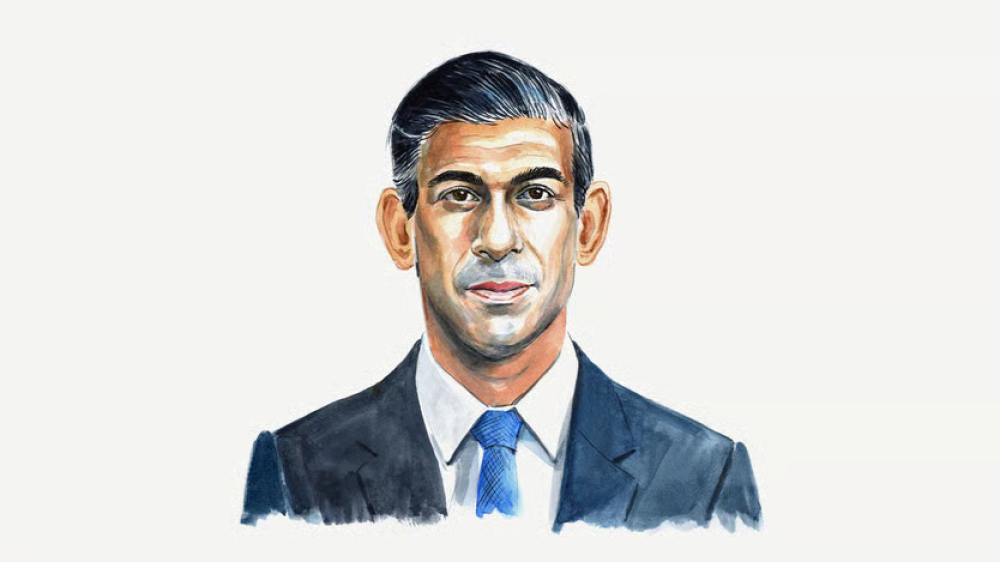AMERICA AND China are sprinting to see who can push the frontiers of technology and develop artificial general intelligence (AGI) first. The competition for AGI—AI that surpasses humans at all cognitive tasks—is of fundamental geopolitical importance. Every democratic state should hope that America wins: a Chinese victory would tilt the balance of power in favour of an authoritarian superpower.
But the fact that America or China will win this contest should not turn other countries into mere spectators. Even more important for their economies and societies is the other AI race, the one for “everyday AI”: the deployment and diffusion of the technology across the whole of the nation. The first countries to achieve everyday AI will reap huge benefits.
AI is a general-purpose technology, meaning it has the ability to affect every part of the economy in the same ways that steam power, electricity and computing have done. As work by Jeffrey Ding of George Washington University shows, the countries that benefit most from these technologies are not necessarily the ones that develop them first but the ones that adopt them most widely.
America became the dominant manufacturing power in the late 19th century not because it was the most innovative country but because it appreciated the real-world applications of emerging technologies. It produced many more mechanical engineers than Britain, and they were more focused on practical applications than their German counterparts.
Rather than focusing exclusively on heroic innovations, leaders should look to the diffusion infrastructure that enables general-purpose technologies to generate productivity gains across the economy. This is urgent because AI may well be adopted faster than previous general-purpose technologies because it requires no new hardware.
The first step should be to train business leaders, especially those at small and medium-sized companies, to use AI to change how they operate. Just consider how the productivity benefits of the electric dynamo—the original source of electricity for industry—were only felt when the layout of factories was altered to centre it on the new power source. If AI use remains limited to the IT department, only a fraction of its benefits will be felt.
The second step is to focus on how workers can use AI in the right way. Conversations about mass skilling tend to start with what should be taught in schools. But this misses the urgency of the situation: in Britain, 80% of the labour force forecast for 2030 is already working, and the situation is similar in other G7 countries. So we need to find ways to reach people who are in jobs now.
A multiplicity of AI training courses already exist. The key will be to develop a credible kitemark system to show employers and workers which ones are best. Technology companies can play a role here, as Cisco has done with its Networking Academy, which has taught technical skills to over 24m students since the 1990s.
British history provides a template for how to achieve broad take-up. In 1969, in response to the changing nature of society, Harold Wilson established the Open University. Its distance-learning model reached people who could not or would not have attended a residential course. BBC broadcasts made it part of the national conversation. Now, millions have done its courses. It is time to replicate that success with AI courses for workers. This is the OpenAI that all countries really need.
Empowering workers could also help transform public attitudes to AI, which is the third step we must take. As prime minister, I was often struck by the paradox that Britain was third in the world for AI behind only America and China, yet the public was extremely wary of it. The same is true in many other countries, particularly anglophone ones, according to polling by Ipsos Mori.
The task for political leaders is to change this attitude with candour about the change that is coming and vision about the benefits it will bring. The alternative is defeat in the AI race: people don’t adopt a technology they are scared of.
India shows how citizens can be made optimistic about technology. The “India stack” has improved people’s everyday lives. The Aadhaar digital-ID system enables 1.4bn people to receive government services directly and the Unified Payments Initiative allows millions of micro-businesses to accept digital payments.
That leaves two further challenges for governments. One is to spread AI throughout the public sector. With the state accounting for over 40% of economic activity in the OECD, there can be no mass deployment of AI without governments doing their bit. AI offers the best chance to make public services more productive and offset the consequences of an ageing population.
The final challenge is to regulate in a way that encourages adoption. This starts with not emulating the EU’s top-down AI Act. An alarmingly large number of American states are preparing similar laws. These put disproportionate liability risks on companies using AI—complicating, if not in effect barring, basic tasks like using AI to filter CVs and targeting financial offers. Never before has a general-purpose technology been subjected to such heavy regulation so quickly.
Where policing can be positive—indeed crucial—is in evaluating the cyber, biological and nuclear risks of frontier AI models before they are deployed. This is vital to protect citizens and ensure trust in the technology.
AI, more than anything else, will drive growth in the coming decades. Only one country can win the sprint to AGI. But every country has a chance of winning the race to infuse its economy with this technology more quickly than anyone else. ■




